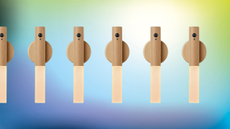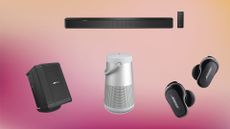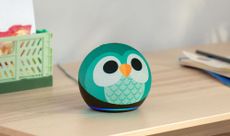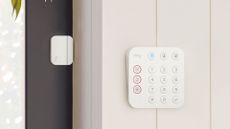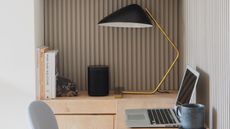Samsung Frame vs Serif: which lifestyle TV should you choose?
We compare our two most lusted-after lifestyle TVs from Samsung, to see which most deserves a spot in your home
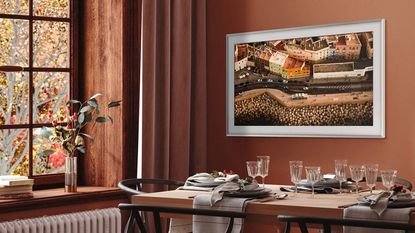

Samsung's range of Lifestyle TVs has long been popular because of its unique focus on design and interiors over flashy tech jargon, but many still struggle to choose between the more well-known Frame TV and its TV sibling The Serif. Both could be considered excellent choices for those who wish their TV could be more than an ugly piece of tech in the middle of the room, but which is better?
We have dug into all aspects of the TV duo, including pricing, performance, and design, to see which we would most recommend in each area. And you can take a look at our guide if you want more advice on which of the best TV brands would most suit your entertainment needs.
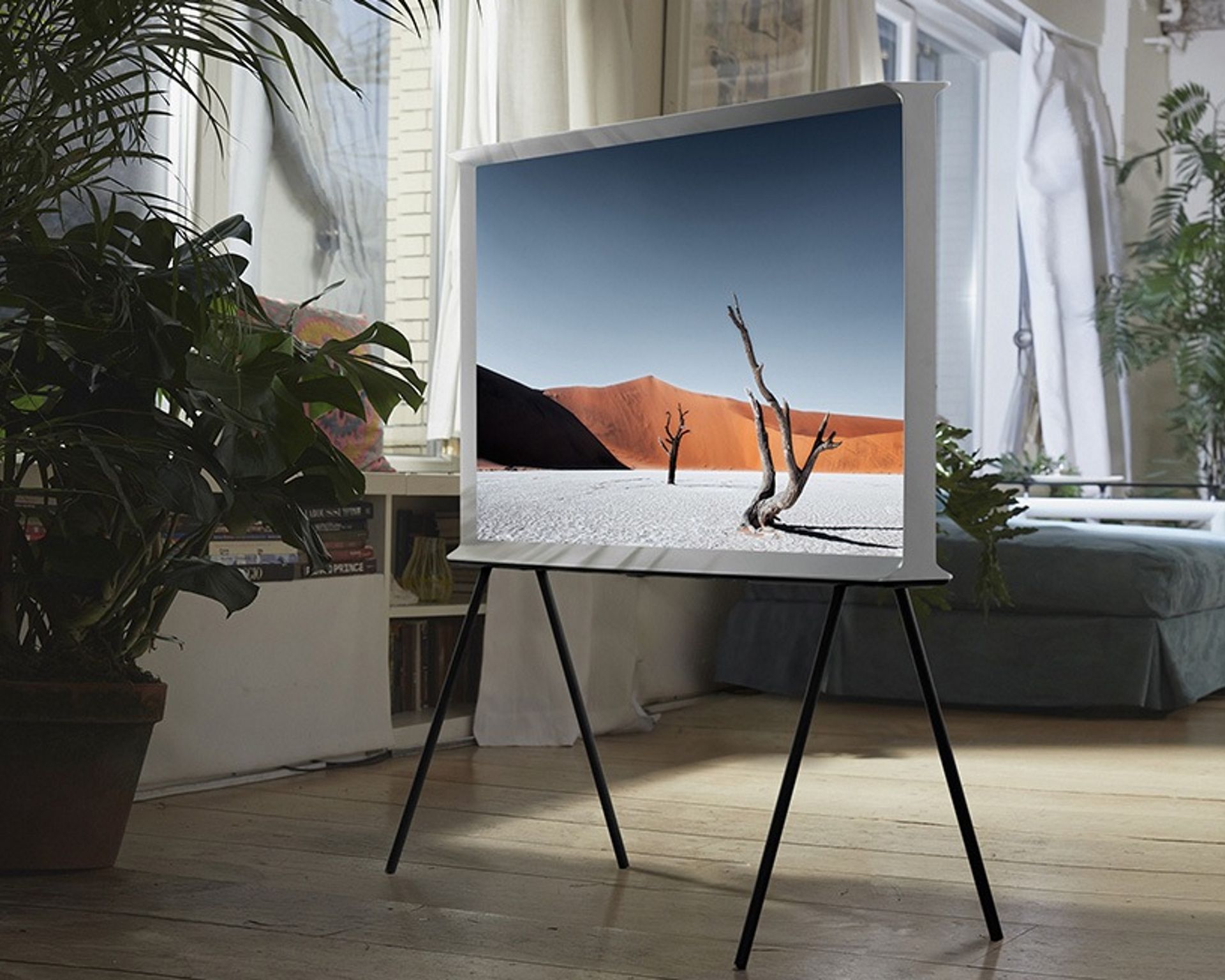
Samsung Frame vs Serif: Pricing
- Samsung The Frame 43" (RRP $1,000) / Samsung The Serif 43" (RRP $1,000)
- Samsung The Frame 50" (RRP $1,300)
- Samsung The Frame 55" (RRP $1,500) / Samsung The Serif 55" (RRP $1,500)
- Samsung The Frame 65" (RRP $2,000) / Samsung The Serif 65" (RRP $2,000)
- Samsung The Frame 75" (RRP $3,000)
- Samsung The Frame 85" (RRP $4,300)
Samsung Frame vs Serif: Size choices
The latest model of The Frame is available in 43", 50", 55", 65", 75", and 85", while The Serif is available in 43", 50", 55", and 65". If you don't mind going for an older model, you can also buy The Frame 2020 in 32".
- Verdict: As far as choice goes, The Frame is the clear winner with sizes going all the way from a tiny 32" to a giant 85". The Serif is much more in the mid-range, without larger 75 or 85 inch TVs on offer.
Samsung Frame vs Serif: Design
Design is where The Frame and The Serif really differ, as each is designed with a slightly different visual effect in mind.
The detachable stand is arguably the star of The Serif, giving it its unique style that really makes a statement in a room. It's bold and different, and if you want to place it on a shelf instead, you can just remove it. The 'I'-shaped build of the TV itself (by Ronan & Erwan Bouroullec) is also a little different, with a top that can be used for placing anything from decoration to your absent-mindedly forgotten coffee cup. It is only available in Cloud White.
The Frame, meanwhile, is much more designed to blend into existing decor rather than being a centerpiece in and of itself. The detachable and swappable bezels can be bought separately to make it your own, and this, combined with the matte display, means it appears like a piece of art or a photo frame when not in use and in Art Mode. Unlike The Serif, you can also mount it flush to the wall, and the stand is also height adjustable.
- Verdict: Which TV you prefer largely depends on personal preference and the impact you want your technology to have in your space. We love that The Serif has its own style, but The Frame is excellent for anyone bored of looking at a big black rectangle in the middle of their carefully-curated wall display. It also gets additional points for being more neatly mountable.

Samsung Frame vs Serif: Performance
If you're deciding if Samsung's The Serif TV is worth it, then sure - both televisions have gorgeously luxe matte displays that set them apart from many rivals. And this helps them to look better when displaying photos or art while not in use. It also helps with viewing angles, as there is far less reflection from light sources in the room. If you're worried about the cost of having art displaying on your TV at all times, we'll note that a sensor detects when you enter the room and switches off when you're not.
The Frame and The Serif also have QLED panels that promise 100% color volume at any brightness. The Quantum Processor 4K means that even lower-quality content is given a boost, and The Frame's EyeComfort mode actually adjusts the levels of things like brightness and contrast according to local sunrise and sunset times.
Both TV's have Object Tracking Sound technology, which means that audio coming from your content sounds as if it's actually coming with the same spot on the screen. This leads to better immersion, and works fantastically with larger sets.
Then there are Alexa and Google Assistant, which come built-in for both sets along with Samsung's own Bixby voice assistant.
- Verdict: The bad news for those who are leaning towards The Serif is that Samsung has appeared to concentrate more on The Frame over the years, and so it has more advanced tech in some places. The differences are extremely slight for those who just want a good, solid TV, but The Frame's larger sizes (55" at up) boast Dolby Atmos and HDR 10+ and Hybrid Log-Gamma (HLG) over equivalent Serif models.
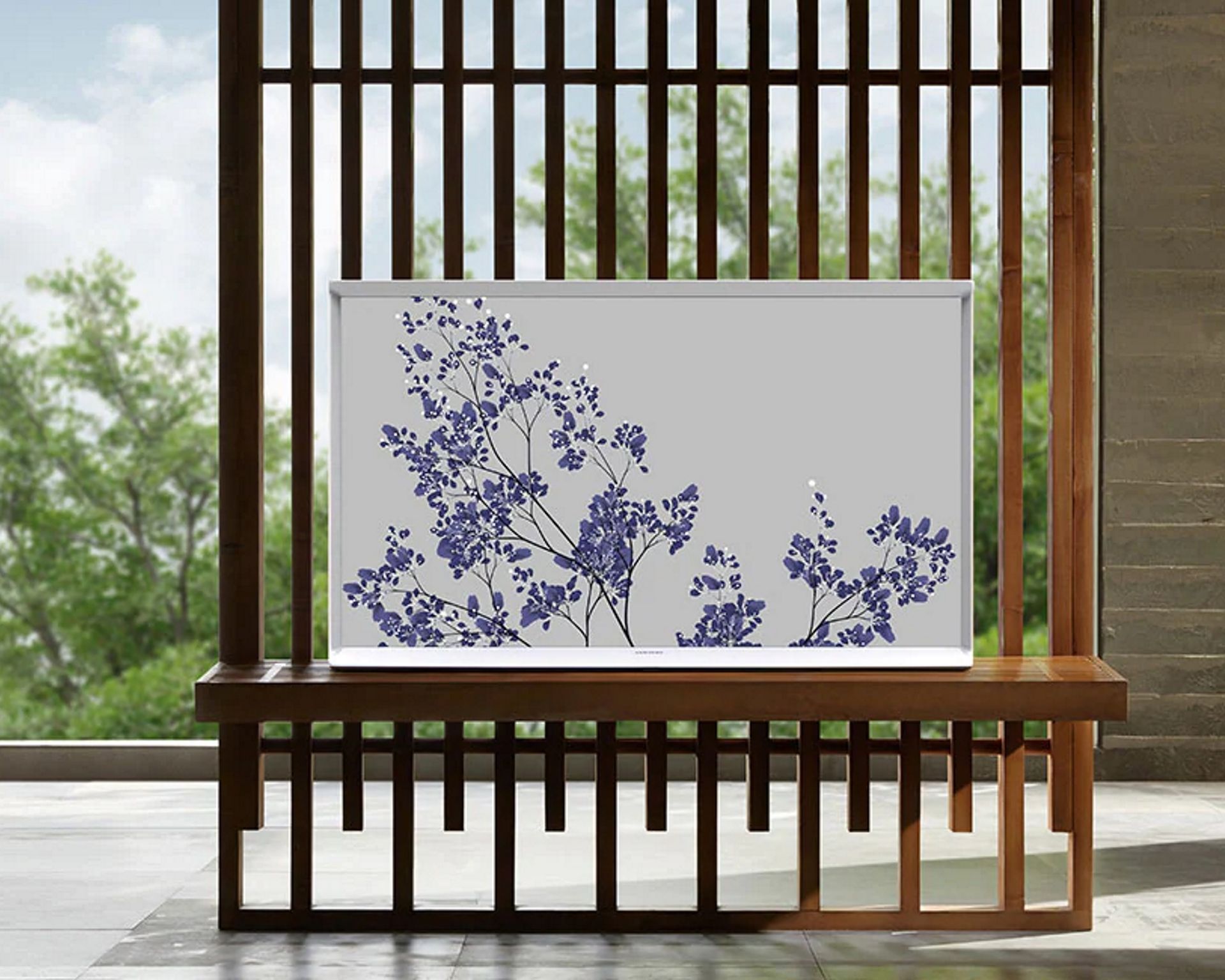
Samsung Frame vs Serif: Our verdict
As we've already mentioned in previous sections of this guide, many of the major differences between the Samsung The Frame and Samsung The Serif TVs come down to the visual preferences of the buyer. While the Serif has a more striking design that will stand out, The Frame is equally beautiful in a much more demure way. In terms of performance, the two are similar, but The Frame has the edge with better sound, HDR, and a wider selection of sizes to choose from.
Be The First To Know
The Livingetc newsletter is your shortcut to the now and the next in home design. Subscribe today to receive a stunning free 200-page book of the best homes from around the world.

Caroline is the smart home ecommerce editor for Livingetc, covering everything tech for the home, from smart speakers to air purifiers and everything in between. She is passionate about the role that technology and smart devices can play in daily life, enhancing the home without sacrificing personal style and carefully chosen interiors. In her spare time, she can be found tinkering with bulbs, soundbars, and video doorbells in an effort to automate every part of her small home. Previously, she lent her expertise to the likes of Expert Reviews, IT Pro, Coach, The Week, and more.
-
 How to Thaw a Frozen Pipe — Learn Everything You Need to Know in 5 Minutes With This Guide
How to Thaw a Frozen Pipe — Learn Everything You Need to Know in 5 Minutes With This GuideWinter storm caught you off guard? We asked an expert — just how do you thaw a frozen pipe?
By Hugh Metcalf Published
-
 The 12 Very Best Silk Bedding Pieces — As Our Style Editor Says: 'It's What Dreams Are Made Of!'
The 12 Very Best Silk Bedding Pieces — As Our Style Editor Says: 'It's What Dreams Are Made Of!'Slumber in lustrous luxury with the very best silk bedding sheets, duvets, pillowcases, and more — your sleep score will thank us later
By Julia Demer Published
-
 These Viral $40 Lights Make Your Home Easier to Live In — And They're Pretty Chic, Too
These Viral $40 Lights Make Your Home Easier to Live In — And They're Pretty Chic, TooThese Scandi-inspired wall sconces are the lighting solution you didn't know you needed. I'm so taken by them!
By Brigid Kennedy Published
-
 It's not too late to grab a Bose speaker for up to a third off in the Prime Day sales - here are the top bargains
It's not too late to grab a Bose speaker for up to a third off in the Prime Day sales - here are the top bargainsWe've scoured Amazon for the best Prime Day Bose deals this year, but you'd better be quick!
By Caroline Preece Published
-
 If you've been thinking about buying a Ring doorbell, now's your chance - even the newest model is on sale for Prime Day!
If you've been thinking about buying a Ring doorbell, now's your chance - even the newest model is on sale for Prime Day!Looking for a Prime Day Ring deal? You've come to the right place...
By Caroline Preece Published
-
 Super cute - and easy for you to control - the best smart speakers for kids make parenting a little simpler
Super cute - and easy for you to control - the best smart speakers for kids make parenting a little simplerEnjoy music and stories with our edit of the best smart speakers for kids plus advice on what to look for when choosing an age-appropriate design
By Emily Peck Published
-
 Ring Alarm System (2nd Gen) review: the brand's made-over kit is still a winner
Ring Alarm System (2nd Gen) review: the brand's made-over kit is still a winnerWe tested the Ring Alarm System 5-Piece Kit to see if it could make home security simpler for the average user, and how it may have improved on the first gen system.
By Caroline Preece Published
-
 eufy Home Alarm Kit review: a simple but effective way to keep your home safe
eufy Home Alarm Kit review: a simple but effective way to keep your home safeThe eufy Home Alarm Kit has all of the basics on paper, but we wanted to test it out on our own home to see how easy it is to set up and use.
By Caroline Preece Published
-
 HomePod mini vs Sonos One: two high-end smart home hubs, but which is the better speaker?
HomePod mini vs Sonos One: two high-end smart home hubs, but which is the better speaker?We take a look at the HomePod mini and Sonos One, both of which sit at the higher end of the smart speaker market.
By Caroline Preece Published
-
 AirTags vs Tile: which Bluetooth tracker is best to help a case of constantly misplaced keys?
AirTags vs Tile: which Bluetooth tracker is best to help a case of constantly misplaced keys?If you're tired of losing your items, either around the house or outside, then Bluetooth trackers are a lifesaver - but which is best?
By Caroline Preece Published


